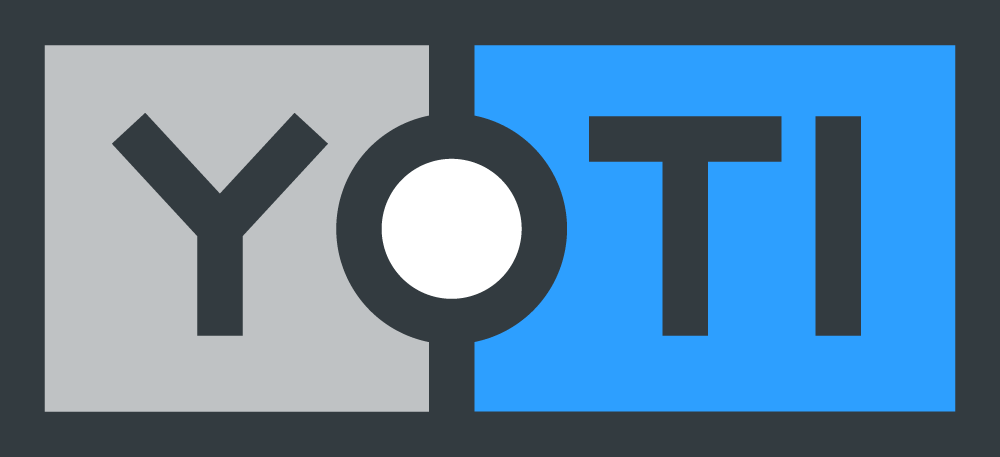Digital ID
Understanding Australia's Digital ID Acts
Australia’s Digital ID Acts mark a significant milestone for Digital ID use across the world. Having just received Royal Assent, the Acts aim to provide people with a secure, convenient way to prove their identity online. Here’s some of the key information you need to know. What are Australia’s new Digital ID Acts? Australia’s Digital ID Acts are made up of two different (but similarly named) pieces of legislation. These are the Digital ID Act 2024 and the Digital ID (Transitional and Consequential Provisions) Act 2024. Together, they are known simply as “the Digital ID Acts”. Why
Streamline your Jersey tax returns: How to recover your Digital ID app
As the tax filing deadline approaches in Jersey, it’s time to gear up with the necessary tools for filing your returns. One such tool is the Yoti digital ID app, which offers a convenient way to verify your identity and submit your tax return online. However, many residents encounter a common hurdle: they have got a new phone or deleted the app on their current phone, only to realise they need it again to fill the latest year’s tax return. This leaves them stuck and unable to reinstall the app. But there’s a simpler solution to handle this. We’ll
DSIT report on public views of digital identities
Last year, the Department for Science, Innovation and Technology (DSIT) commissioned a public dialogue to seek views from the public on digital identities. They wanted to explore the benefits and concerns associated with digital identity services. We take a look at some of the key findings and themes from the public dialogue, and what this means for the future of digital identities in the UK. UK digital identity and attributes trust framework Digital identities give us a way to prove who we are, without needing to use physical documents. They can offer us greater privacy, security and convenience over
Addressing social challenges: How a Digital ID can help solve everyday problems
At Yoti, social purpose is at the heart of everything we do. When we create new products, we try to think of the social challenges that our technology could help tackle. In this case, that’s helping people prove who they are, safely and securely. This series explores the potential of our products to meaningfully help individual users and wider society. This article focuses on the everyday problems that Digital IDs can help to solve. What can you use a Digital ID for? You need an identity, or some way of proving who you are, to access a variety of
From physical to digital: how we transform your ID
There can be hidden beauty in things taking on new forms. A caterpillar becoming a butterfly, water turning into wine, a physical ID transforming into a Digital ID. If you’ve ever wondered how we do it, wonder no more. As we continue to shape the future of digital identity, we’ll continue sharing our methods with you. After all, the Digital ID app is created for you, so it’s only right we let you in on the magic. What is a Digital ID? A Digital ID is your ID on your phone and your data in your hands. It gives
How we build Digital IDs with privacy and security at their core
We’re committed to making the digital world safer for everyone. Yoti was created as we wanted to give every person a secure way of proving their age or identity. It’s quite literally why we exist. So it only made sense that we’ve built our Digital ID apps with privacy and security at their core. We’re building technology that makes it easier and safer for you to go about your business, but that doesn’t mean we have to know your business. Just as the right to an identity is a fundamental human right, so is the right to privacy. And we’ll






